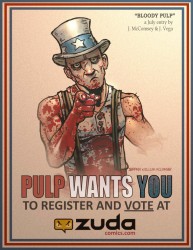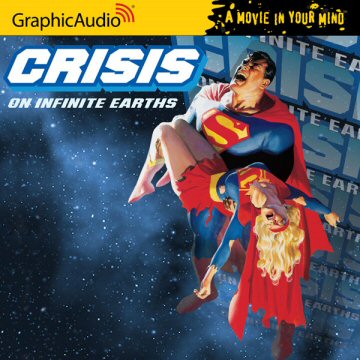Batman doesn’t care about sex.
I mean, sure, he’ll have sex sometimes. He’s had a series of short-lived relationships, the most popular of which involve an easy escape hatch. Benefit of dating criminals, right? It’s pretty clear to me that he doesn’t care about sex. He’s got a mission, he’s been trained, and guess what! Sex is entirely beside the point. He’ll do it when he has to, but you won’t see Bruce at a bar talking to Bonita Applebum.
Parker is the star of more than a few of Richard Stark’s novels. He’s a no-nonsense thief and strong-arm, very expert in planning and even better at putting a stop to any funny business. If you cross Parker, he’ll lean you before you even get a chance to think about what you just did. He enjoy sex, but only at specific times. If he’s on the job, or planning a job, he’s got no drive at all. After, though, he can spend several days horizontal. His drive slowly fades away after that, until he’s practically a monk in the run-up to the next job.
Ogami Itto? Don’t even. I’m six volumes in, and I don’t think he’s had sex for pleasure once. He’s done it to save someone’s life, and to grease some wheels, but never because he chatted someone up. It’s entirely possible that he’s just respecting his dead wife’s memory, but it’s much more likely that it’s because he’s walking the path of the assassin and has no time for physical pleasure.
All three of these guys are focused, motivated, driven, and paragons of self control. They all approach sex on their own terms, blatantly ignore it when they feel like it, but are still considered virile. It’s definitely fair to say that they are all generally portrayed as Real Men, even across cultural barriers. Ogami is a hop from Parker, who is in turn a skip from Batman, who is himself a jump from Ogami. They have very similar characterizations, despite having some fairly irreconcilable differences between them. Ogami murders for a living, Parker isn’t opposed to slapping a woman around if it’ll help a heist, and Batman is a manchild who sates his desire for justice by beating up criminals.
Together, I think that these three say something pretty interesting about what it means to be a man. They all fit the basic stereotype of a Real Man. They’re physically attractive, be it in a pretty boy sort of way or a more rugged manner. They’re physically capable, able to demolish most men with a single move, be it a punch, gunshot, or swing of a sword. They’re intelligent enough to create complicated plans that always come off perfectly, human error aside. They’re witty enough to be able to think on their feet when a situation goes south and to come out on top. They aren’t afraid to use violence when the time comes, either. That sounds like a Real Man, doesn’t it?
The sex thing is what makes it interesting. Virility is tied up in violence and physical strength, and all three of these guys have it in spades. Ogami kills dudes by the baker’s dozen, Parker is a machine, and Batman is a highly trained non-lethal ninja. When they do have sex, it’s never shown as “making love.” It’s something fast, primal, rough, and vaguely taboo. There’s a thrill to it, particularly when it comes to Batman and Parker. Parker is only interested after he re-establishes his manhood by making a lot of money and breaking a few heads. Batman’s biggest flame is Catwoman, the object of many a late-night chase and cowled makeout session. To borrow a line, they keep the masks on because it’s better that way. Ogami himself only indulges, or lowers, himself in sex when it fits into his quest. The first time he has sex in volume 1, it’s to show exactly how little he cares for the samurai customs of the day. In fact, he proves his manhood by rejecting the traditional notion of it.
I think it comes down to control. Men are supposed to be in control of themselves, their emotions, and the situation at all times. What better way to show this control than to refuse sex, one of the most primal needs of human beings? Ogami treats most women he encounters, and definitely the prostitutes, with something approaching contempt. They, like anyone else, are beneath his notice. It seems like every Parker novel has him refusing the advances of an appropriately attractive and willing woman until he decides he wants to bother with her. Batman’s celibacy is practically a superpower, considering that a couple of his villains are outright seductresses and the rest are openly sexy/sexual.
This occurred to me after finishing one of Stark’s Parker novels, one in which Stark has Parker question his sexual habits. It got me thinking, and I soon realized that Ogami Itto was similar in execution, if not in tone. It all really clicked into place once Batman came into the picture, and I realized that it was more of a trend than I’d expected.



